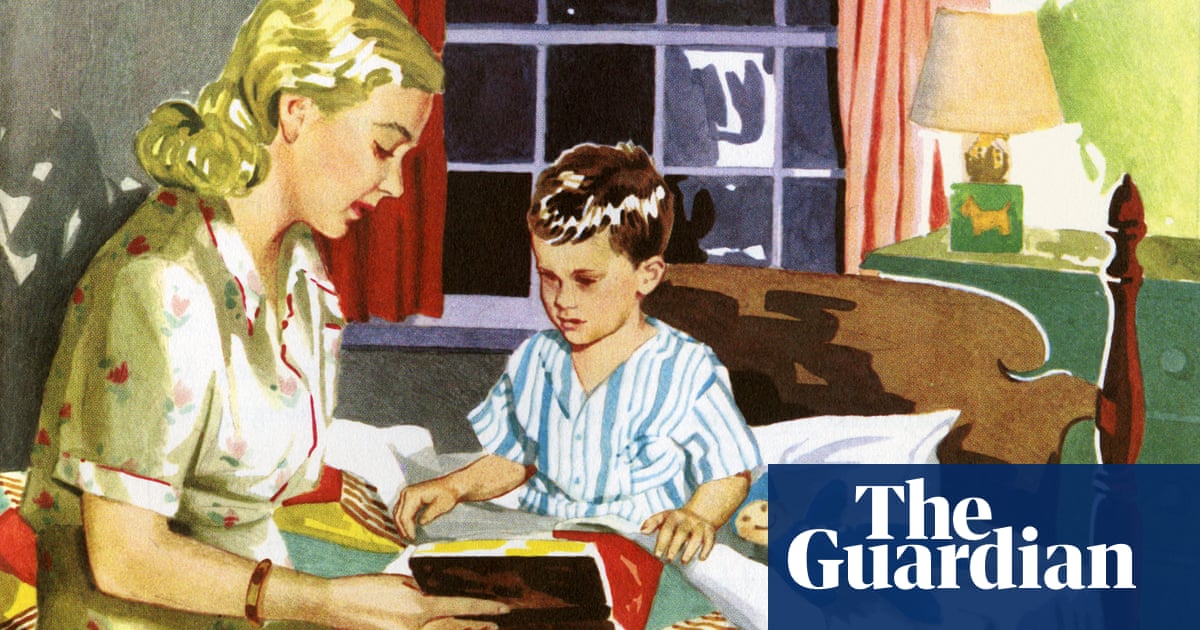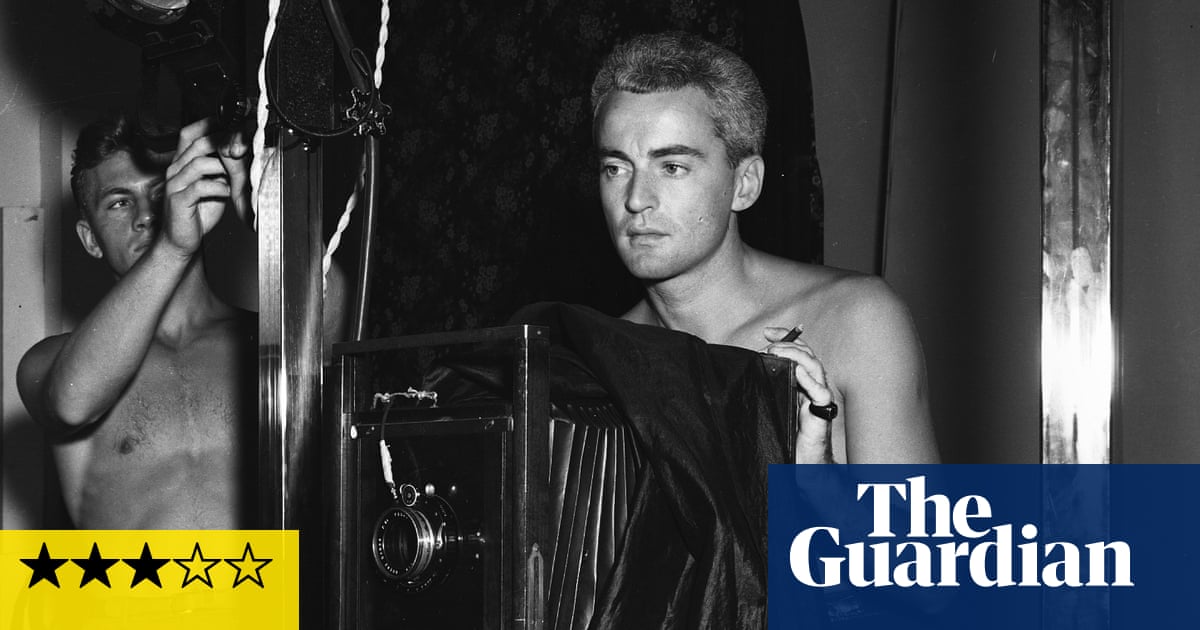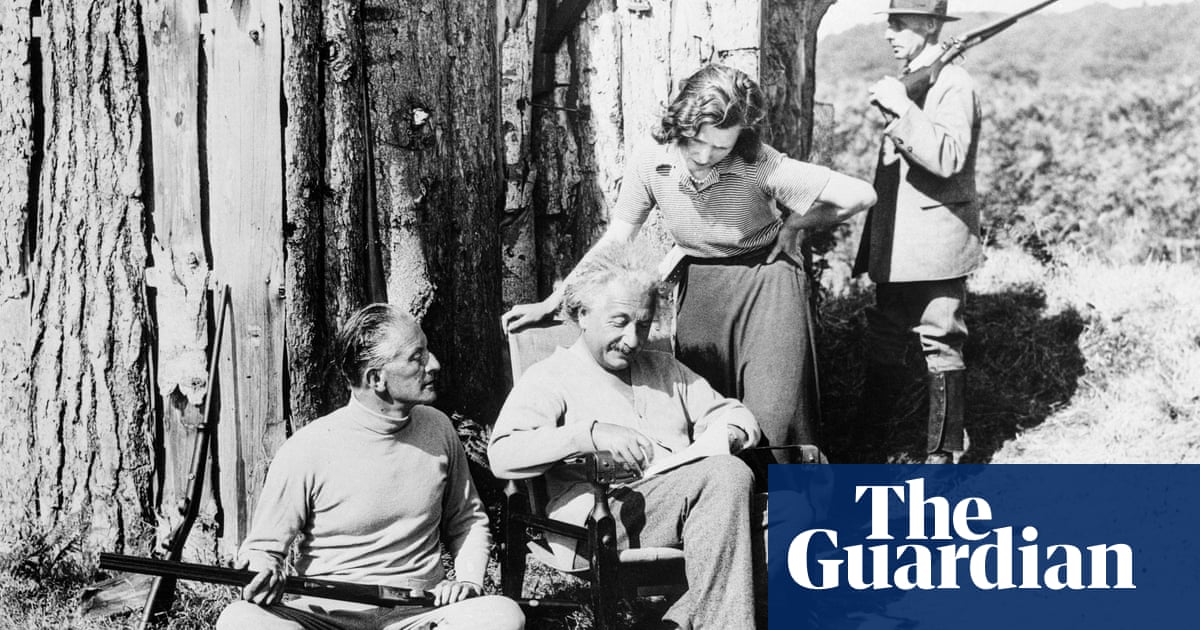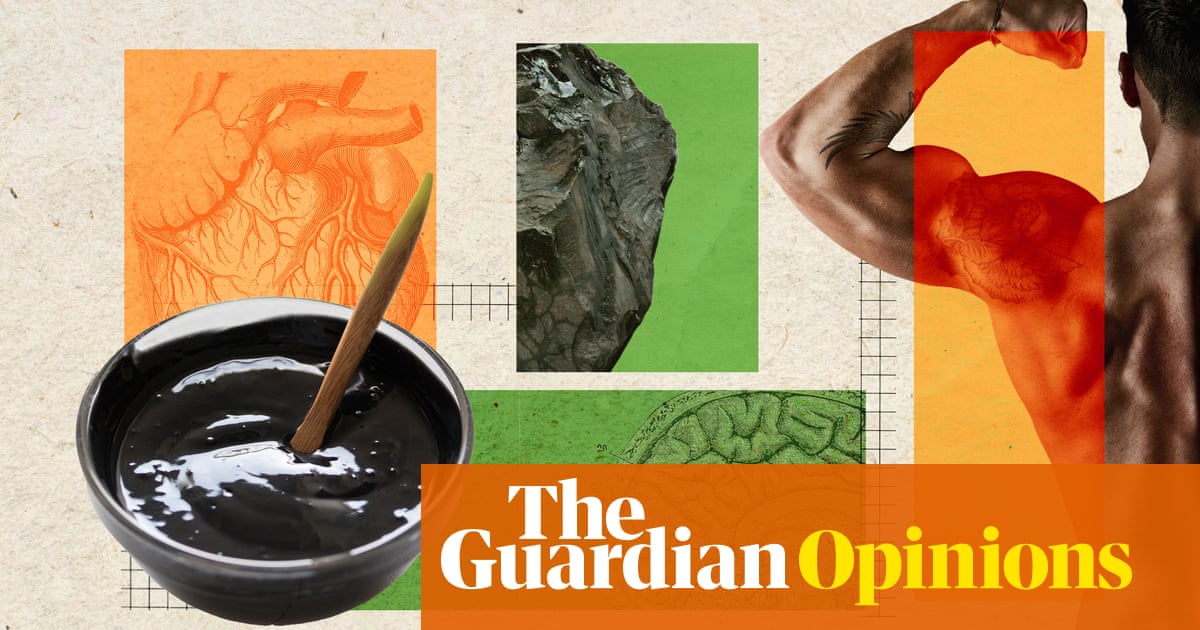After Elizabeth Bennet walked 3 miles across fields to visit her sick sister, the heroine of Pride and Prejudice came in for scandalising criticism of her “blowsy” hair and petticoats “six inches deep in mud”.
What of the women who restored Elizabeth’s hair to coiffed curls and washed the filthy petticoats? Jane Austen’s novels include mentions of working women, such as housekeepers, maids and governesses, but now an exhibition puts their stories in the spotlight.
Beyond the Bonnets: Working Women in Jane Austen’s Novels is being shown by the Hampshire Cultural Trust as part of celebrations marking the 250th anniversary of the author’s birth. It features working women in Austen’s home county of Hampshire in the Georgian era, pairing voiced extracts from her novels and letters with dozens of objects illustrating their daily lives.
“Working women were not the centre, the lead characters, in Austen’s novels, but they do play an important role, and sometimes develop the plot,” said Kathleen Palmer, the exhibition’s curator. “They enable the lives of the heroines and heroes. The bustling towns and stately homes wouldn’t function without these women.”

Through the lens of Austen’s life and her lesser-known characters, the exhibition focuses on three key areas of work in the 18th century: domestic service, education and childcare, and trade.
Stories include that of Susannah Sackree, a nursemaid to the 11 children of Austen’s brother Edward, and later the family’s housekeeper. She worked for the family until her death at the age of 89. Unusually, the family commissioned a portrait of her, and described her on her memorial stone as a “faithful servant and friend” and “beloved nurse”.
Another real-life character in the exhibition is Mary Martin, who ran an inn in Basingstoke and organised monthly balls attended by Austen and her sister Cassandra. Martin later ran a draper’s shop, complete with a circulating library. “Then we find Mrs Whitby in (Austen‘s unfinished novel) Sanditon running a circulating library. So Austen was pulling people that she came across into her novels,” said Palmer.
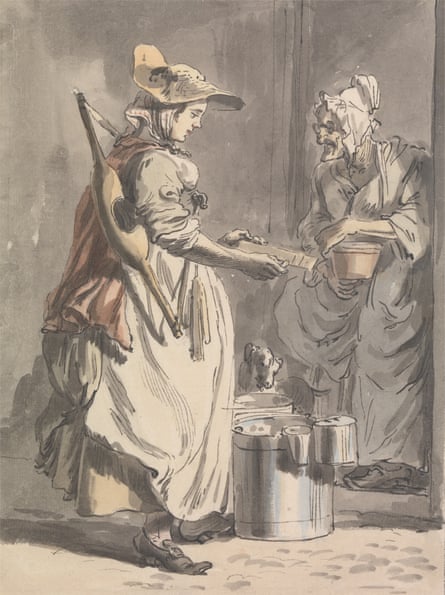
Martin ran the inn after her husband’s death. Another woman forced by bereavement to step into the world of work was Ann Freeman, who took over her late husband’s business as a glazier and built it into a successful enterprise employing several men.
after newsletter promotion
In comparison, the lives of domestic servants were more restricted, both by their workload and by their terms of employment. Maids were usually hired for about £8 a year, with accommodation, meals and sometimes clothing included. They were under contract, which meant leaving their employment without permission could result in a fine or imprisonment in the County Bridewell prison in Winchester where hard labour awaited them.
Domestic tasks such as laundry were onerous, with clothes, bed linen and other household items washed by hand. “It meant hauling water, boiling the cottons and linens, washing them with pungent lye soap, which burnt the skin, rinsing the clothes in clean water, which meant hauling more water from the well or a nearby stream, twisting the cloths to remove as much water as possible, hanging the clothes to dry, and then praying that rain would stay away long enough for the sun to perform its duty as a dryer,” according to the website Jane Austen’s World.
-
Beyond the Bonnets: Working Women in Jane Austen’s Novels is at the Arc in Winchester, 26 July until 2 November, and the Willis museum in Basingstoke, 12 November until 22 February.

 5 hours ago
4
5 hours ago
4









